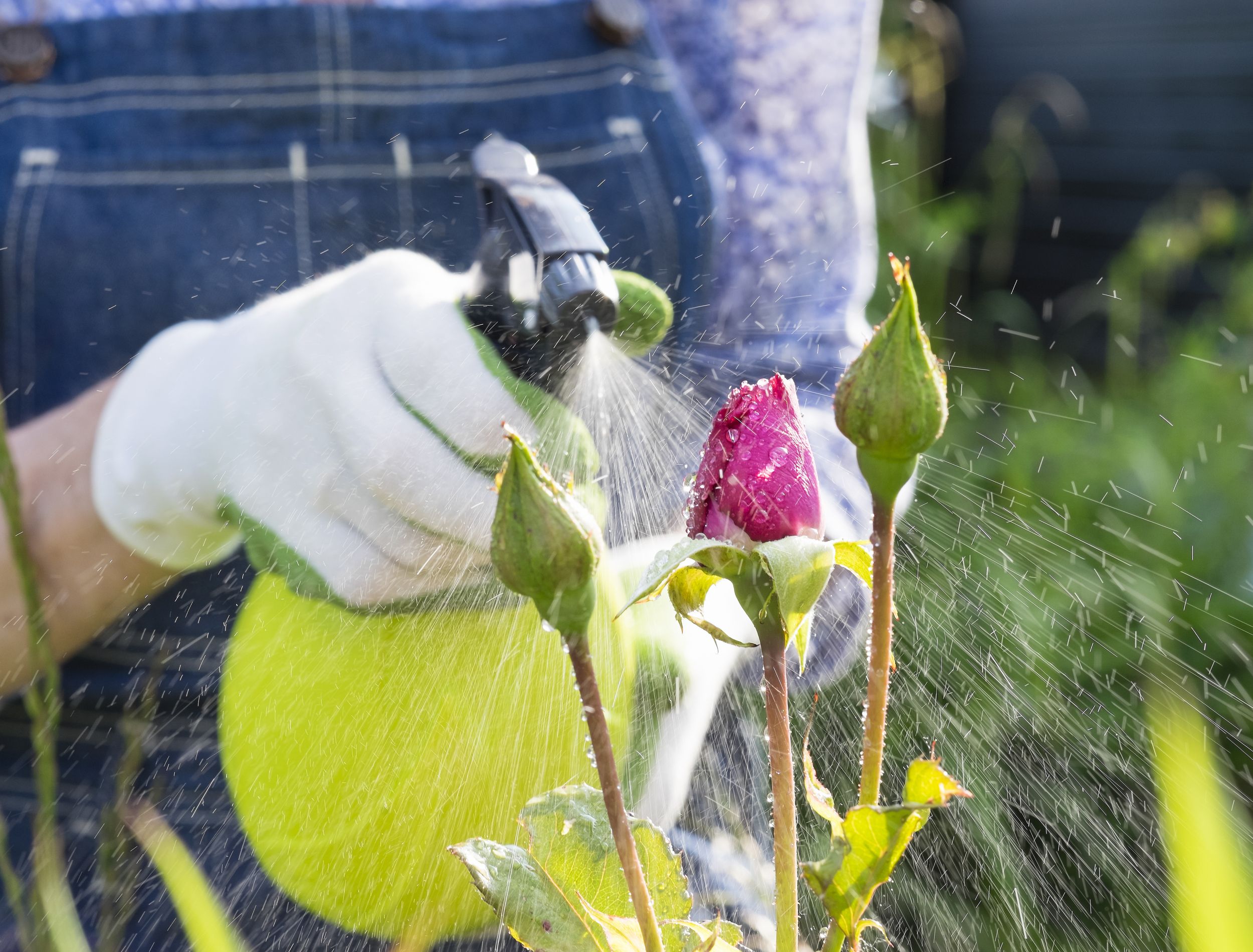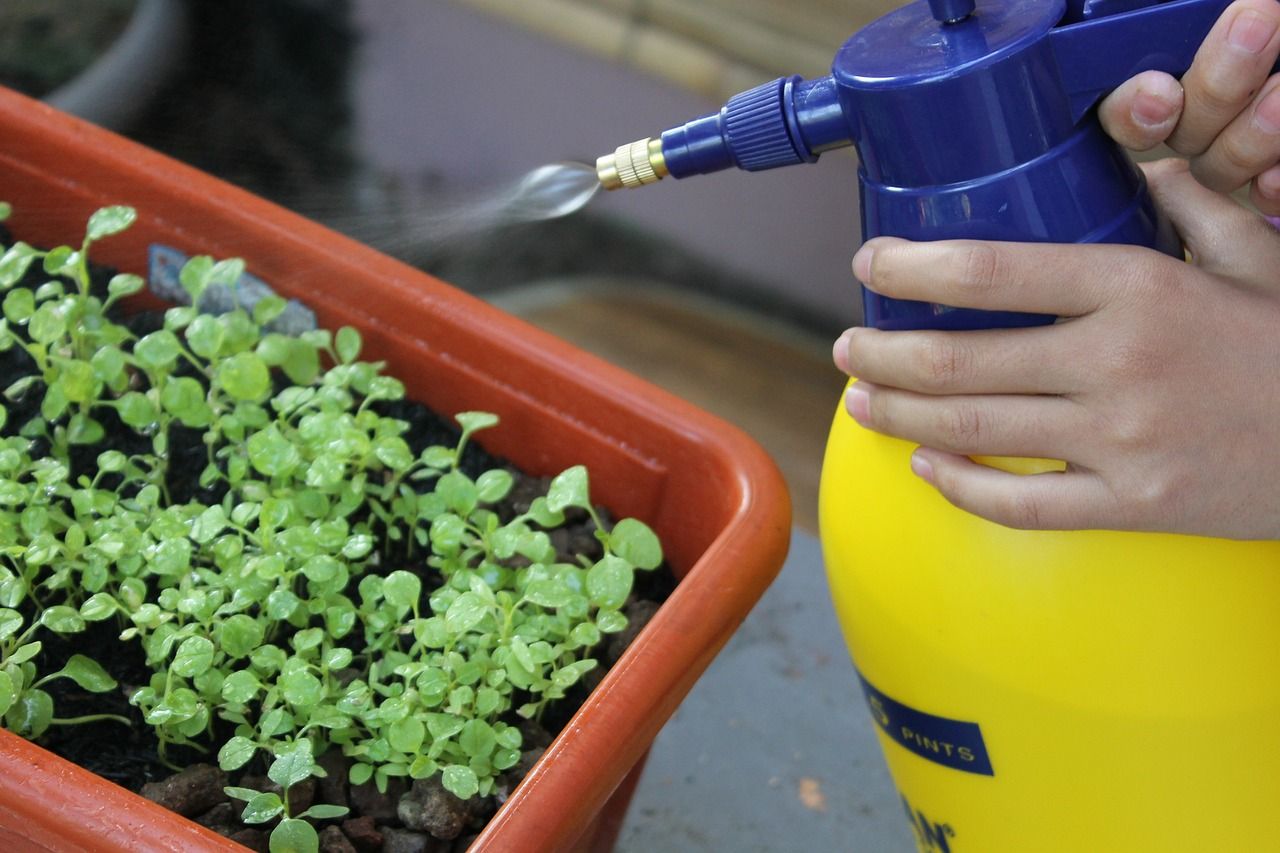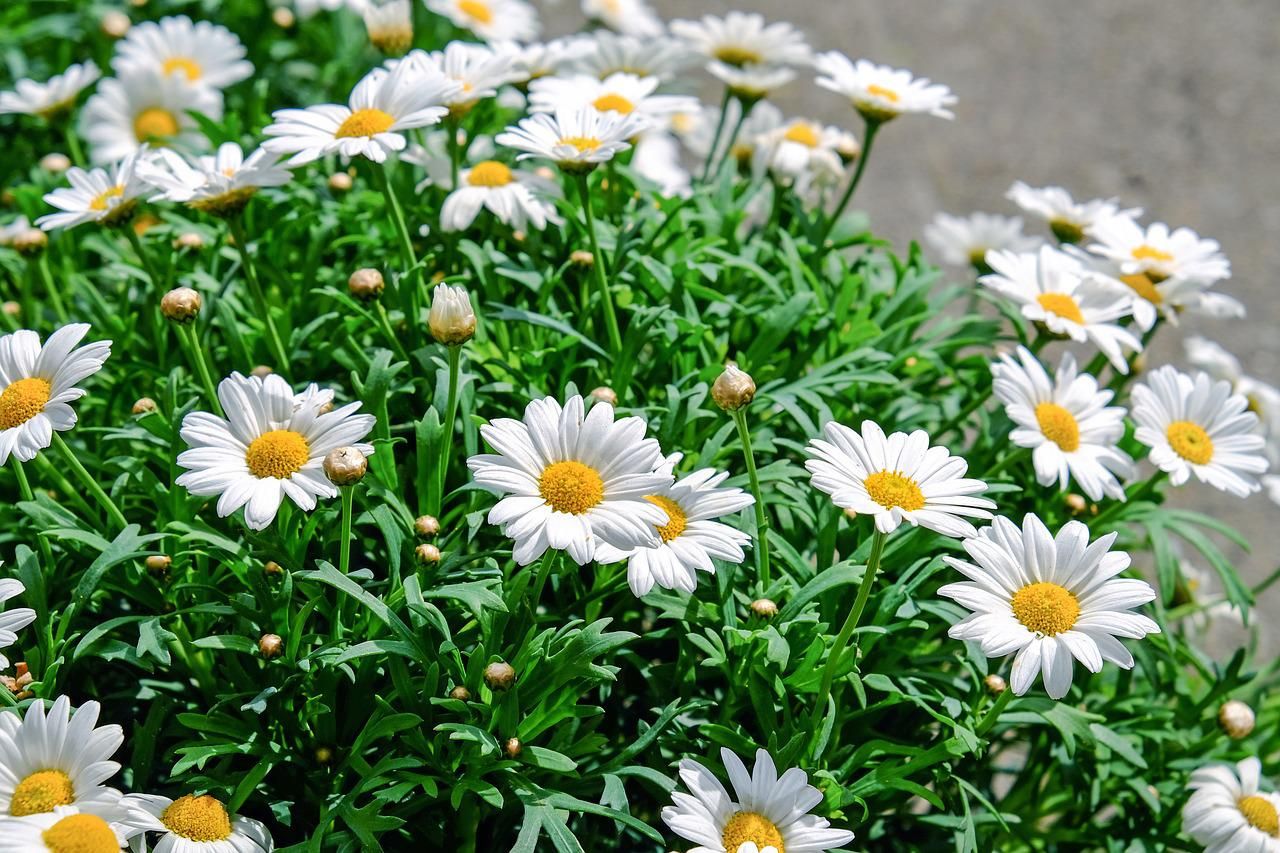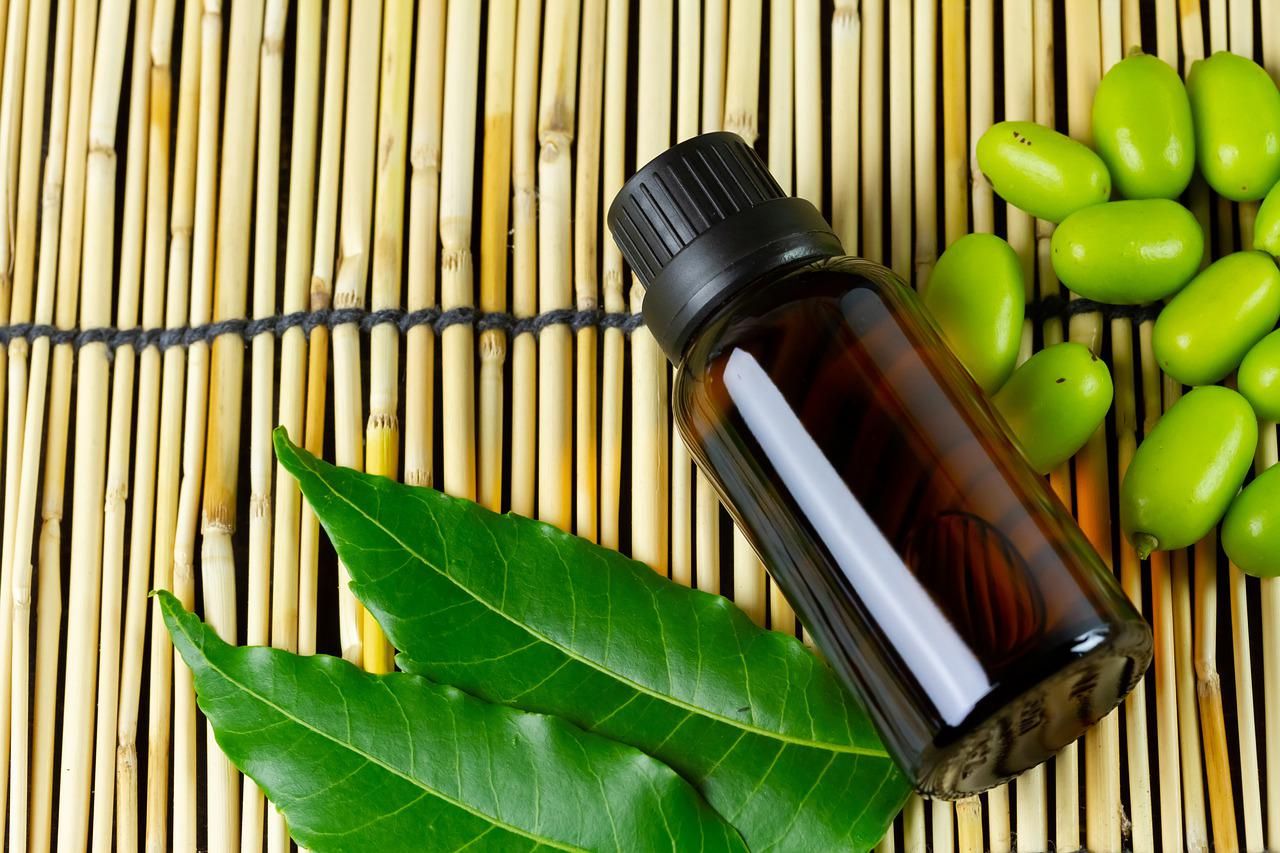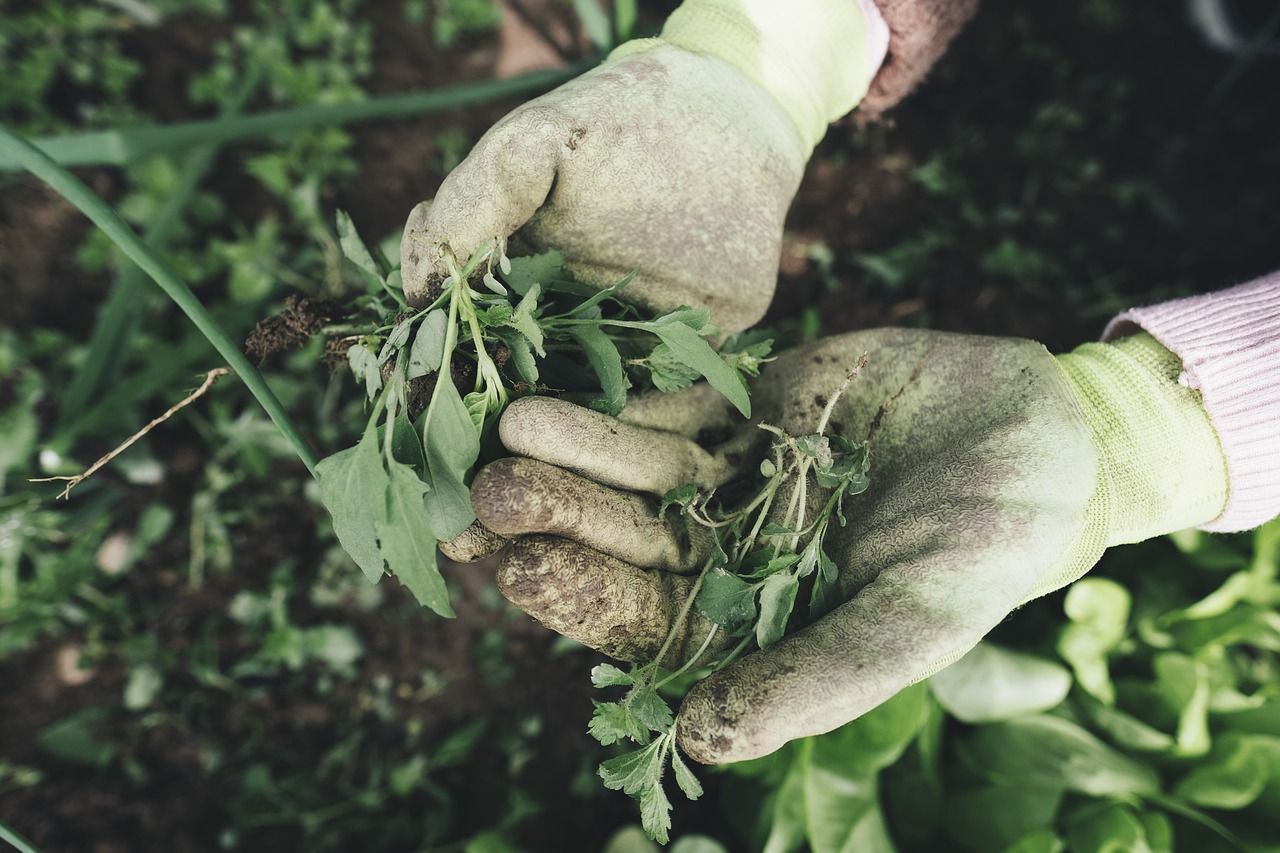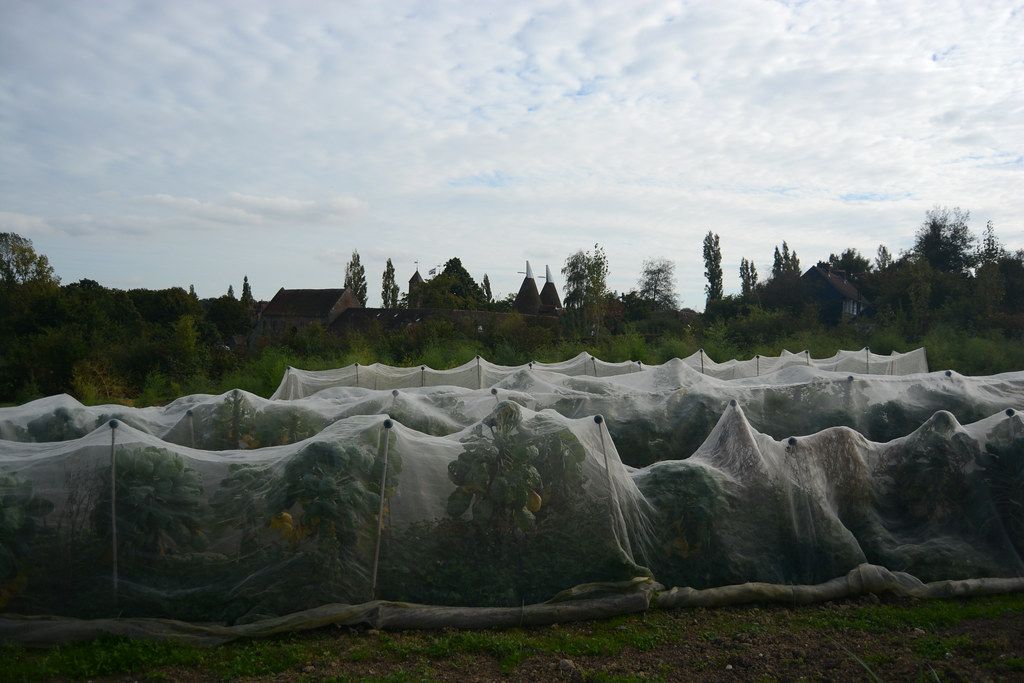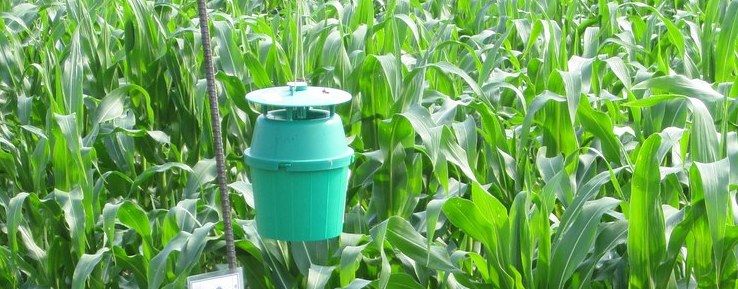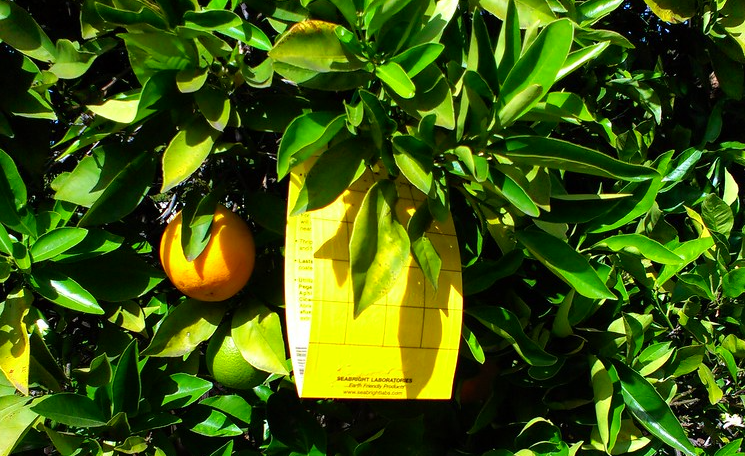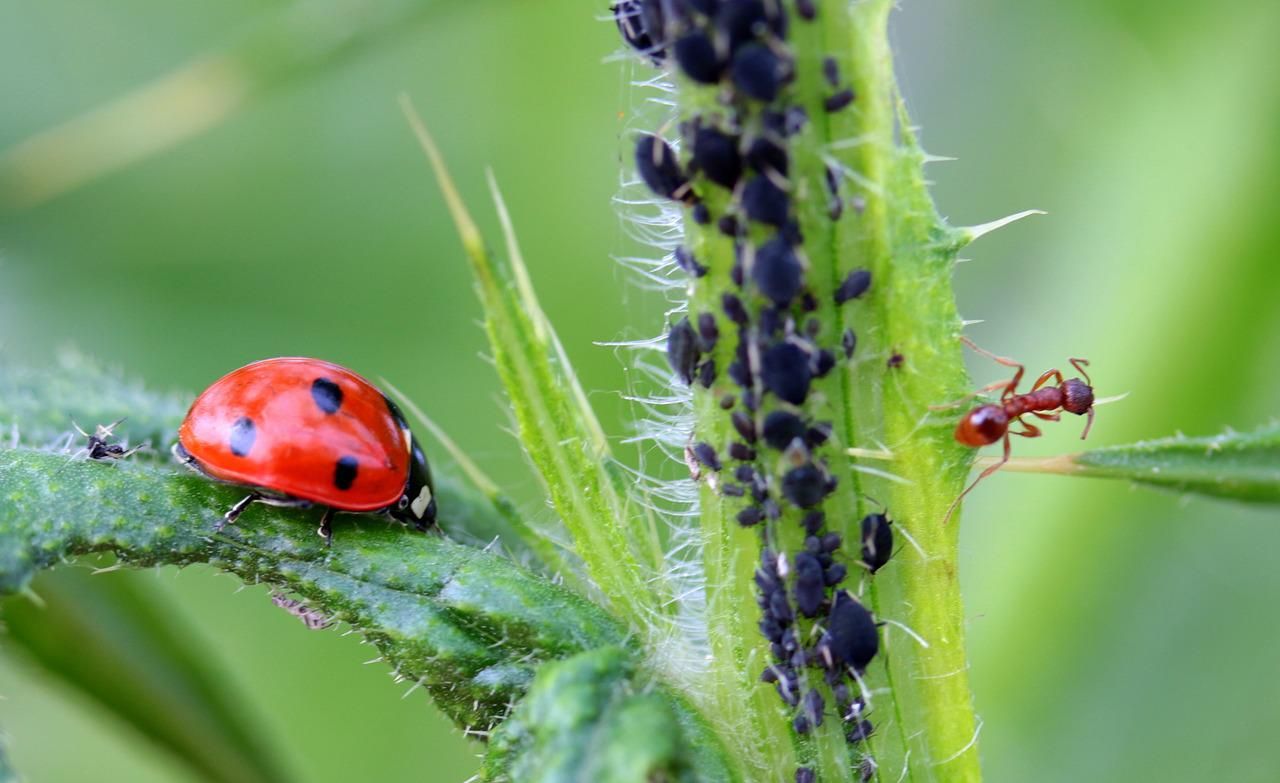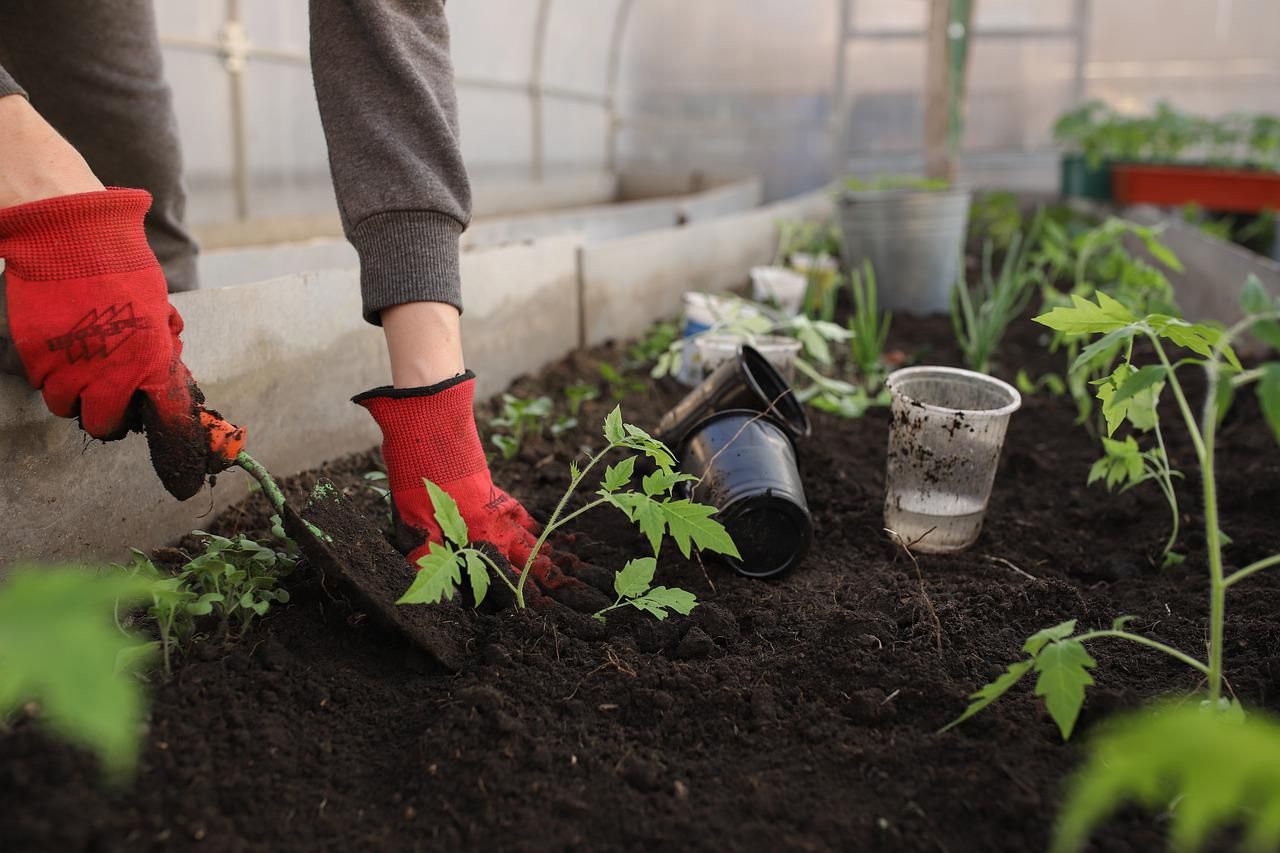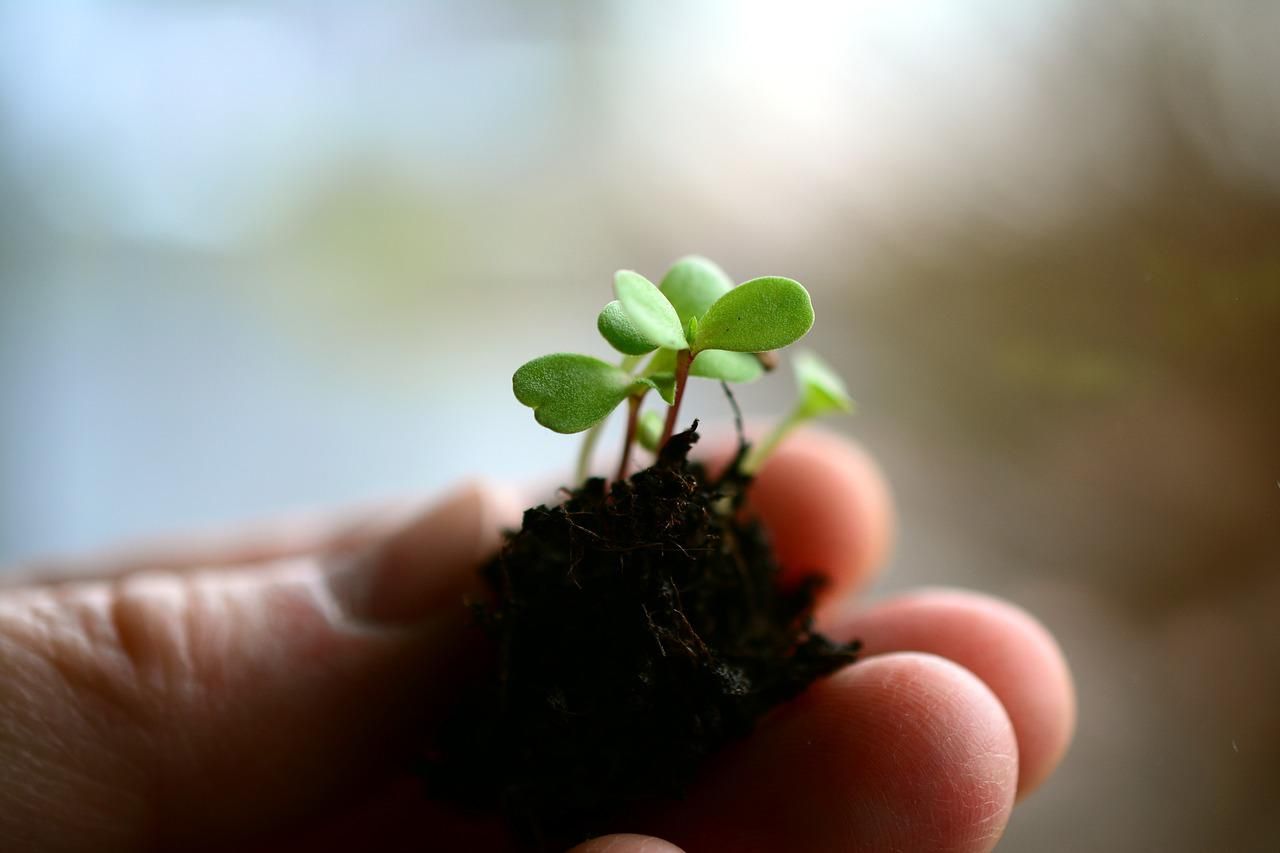Insect and pest control is a tedious task, but it is necessary for the sake of your garden and crops. While there are many ways to rid your crops of garden pests, there are a few options that are simple and accessible. And best of all? They're organic.
After reading this list of the most effective organic garden pest control methods, you'll have all the tools to protect your grounds, wildlife, and yourself. With that, it's up to you to choose which option best suits your needs and your plants and crops.
From naturally occurring insecticides to tips and tricks, we've lined up some of the best options for keeping your garden free of pests and insects. Keep reading to find out more about the best 10 organic ways to control garden pests and tips for organic pest control.
SPINOSAD
Image credits: mayapujiati via Pixabay
Spinosad is a naturally occurring substance from soil bacterium. In other words, it is completely organic. Also, is quick and safe to use, clearing your crops of harmful bugs and insects.
Spinosad will kick those pesky garden pests to the curb, but it doesn't harm beneficial insects. Plus, it is effective against thrips and caterpillars which attack perennials and annuals. Also, spinosad targets leafminers, spider mites, mosquitoes, ants, fruit flies, and others.
To use spinosad, dissolve the product into water following the packaging directions. Then, mist onto plants and crops up to one day before harvest. Also, users should apply it every 7 days since spinosad is only toxic for up to 24 hours. On top of that, other pest control methods, such as pheromone traps (more on that later), are beneficial.
PYRETHRIN
Image credits: 1195798 via Pixabay
Found mostly in chrysanthemum flowers, pyrethrins are another naturally occurring pesticide. They feature six chemicals that are toxic to insects, though they are low in toxicity for mammals. Also, they are mostly applied to crops and garden plants, though high levels can be dangerous.
While you can purchase or make your own pyrethrin, it's pretty simple to use. It is best as a spot treatment since it kills all insects–even the beneficial ones–and can be easily sprayed wherever necessary. Then, pyrethrins target the nervous systems of bugs, which paralyzes and exterminates them.
NEEM OIL
Image credits: Ninetechno via Pixabay
Another naturally occurring pesticide, neem oil comes from the neem tree. It has a garlic scent and yellow-brown coloring. It is an ingredient in many common products, including toothpaste and shampoos.
Also, neem oil is one of the safest, easiest to use options on the market. Plus, it is ideal for crops and plants, as well as food, and it leaves no dangerous residue in the soil.
With azadirachtin as one of the main components, neem oil acts as a repellent and stops insects from feeding on plants and leaves. Also, the treatment affects the insect's hormones, which in turn affects their ability to grow and lay eggs.
Apply neem oil can as a soil drench or spray directly onto the leaves and stems of plants. After that, repeat this process every 7-10 days until the garden pests are gone. For more information, check out our in-depth guide on how to use neem oil.
DIATOMACEOUS EARTH
Image credits: photoAC via Pixabay
Diatomaceous earth comes from the fossilized remains of aquatic organisms called diatoms. These skeletons contain silica, which then reacts with oxygen and water to create silicone dioxide. Mose diatomaceous earth comes from silicone dioxide.
Diatomaceous earth is available as dusts, wettable powders, and pressurized liquids. It is ideal for all different types of land, as well as in homes and spaces that may suffer from insects and pests.
To use, follow the packaging directions, either spray or sprinkle the product onto plants, shrubbery, the lawn, and other places where pests hide and live. Then, the diatomaceous earth will dry out and kill insects by absorbing their oils and fats.
FLOATING ROW COVERS
Image credits: Rachel Ford James via Wordpress
A floating row cover is a woven plastic, polyester, or polypropylene material that is gently placed over plants to protect them from wind and pests. Also, they are ideal for crops, protecting them from caterpillars, flea beetles, maggots, thrips, and more.
Apply floating row covers should at planting to keep insects off of plants. Also, they can be used to protect against frost depending on the weight of the cover. For a more in-depth tutorial, check out our guide on how to use landscape fabric.
PHEROMONE TRAPS
Image credits: The NYSIPM Image Gallery via Wordpress
Insects (as well as mammals) use pheromones as a tool of communication. So, pheromone traps use specific chemical signals to attract pests. Then, depending on the trap, the insect will either become attached to a sticky surface or dropped into a container of pesticide.
Pheromone traps are one of the easiest ways to control garden pests. Simply set the lure up as directed on the package, attaching to a pole or tree. Then, the trap should attract insects for a period of 2-4 weeks. After that, replace the trap as necessary.
STICKY TRAPS
Image credits: el cajon yacht club via Wordpress
Sticky traps are a more basic alternative to pheromone traps. Often bright yellow in color, sticky traps capture pests in a layer of sticky glue. Also, they work best for small bugs such as gnats, thrips, aphids, and whiteflies.
Similar to pheromone traps, simply set sticky traps up as directed on the packaging. Once bugs cover the trap, replace as necessary. Also, they are safe to use indoors, outdoors, and in greenhouses.
INSECTICIDAL SOAPS
Image credits: Myriams-Fotos via Pixabay
Made from potassium salts of fatty acids, insecticidal soaps are a popular way to handle infestations and garden pests. It fights best against soft bodied insects like mealy bugs or aphids since it targets their cuticles, causing cells to collapse and drying out their bodies.
Insecticidal soaps are easy to make at home from a blend of dish soap, vegetable oil, and water. Regardless, whether you choose to use a store-bought or DIY option, it's easy to use. Simply spray the solution onto the plant's leaves, soaking both the tops and bottoms as well as any visible pests.
Also, insecticidal soaps are a safe option for all types of gardens and crops. That being said, it's important to test on a small section of a plant and wait 24 hours to ensure there is no damage.
BACILLUS THURINGIENSIS
Image credits: Katya_Ershova via Pixabay
Bacillus thuringiensis is one of the most commonly used pesticides worldwide. It is a naturally spore-forming bacterium and it occurs in soils everywhere. Also, it is non-toxic to humans and animals, but it is toxic to certain insects when ingested. On top of that, there are different strains to target different insects.
Essentially, bacillus thuringiensis creates crystal-shaped protein that destroys the lining of an insect's gut, causing it to stop eating and eventually die. Also, it's quite easy to use: spray plants thoroughly, reapplying weekly until the infestation subsides.
NEMATODES
Image credits: congerdesign via Pixabay
Nematodes are unsegmented roundworms that can help control the number of insects that are parasitic to plants. They live in the soil, making them ideal for defending against beetles, caterpillars, crane flies, fungus gnats, grubs, thrips, and more.
That being said, they are not ideal for insects that live on leaves. Also, there are a number of different species that target certain pests.
To apply nematodes, simply follow the package directions. Most nematodes can be applied using a watering can or misting system. Since they are light sensitive, it is best to apply them at dusk. Also, it takes around two weeks for them to start working, but they should be reapplied every six weeks.
IN SUMMARY
If you've just started your at-home garden or consider yourself well-versed in the world of growing your own veggies and plants, you may still struggle with garden pests. Fortunately, our list of the best organic ways to control garden pests offers a multitude of solutions to get you started.
If you're in search of a little more guidance in terms of where to buy the products, check out our guide on the best pest control products.

